Loading 7 images...
Please bear with us...
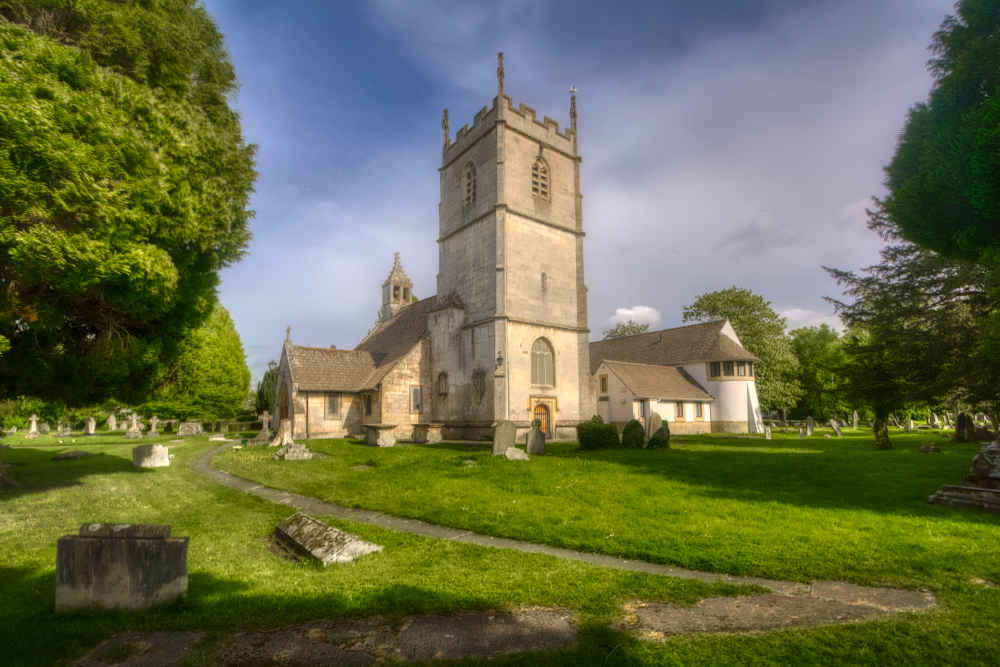
Originally 12th-century Church of St. Lawrence, largely rebuilt 13th century, tower added 16th century.
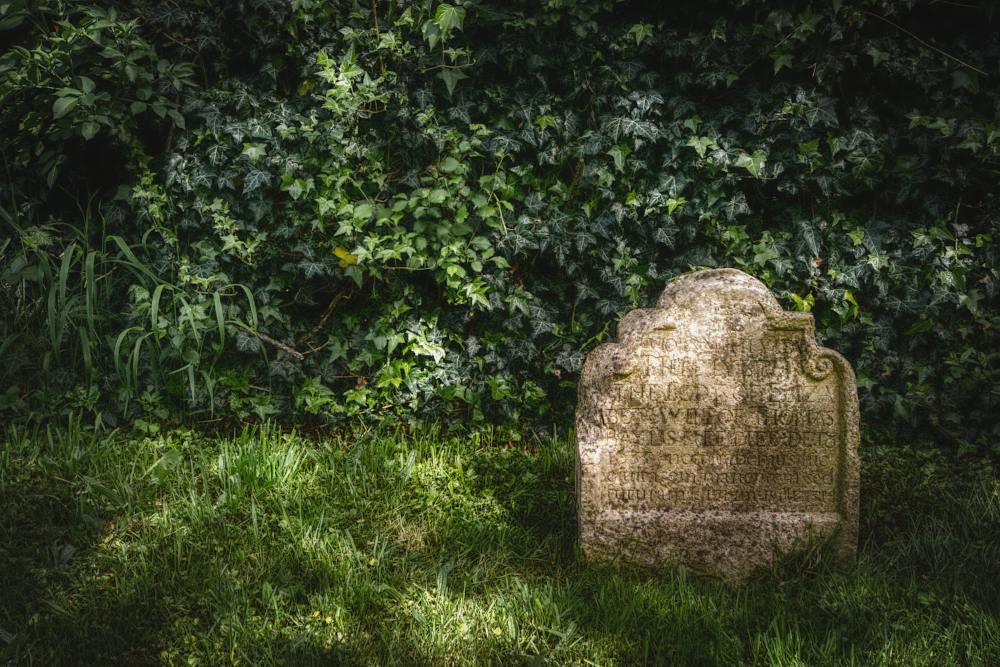
Headstone of Elizabeth Baylis, died 1635, in the graveyard of St. Lawrence.
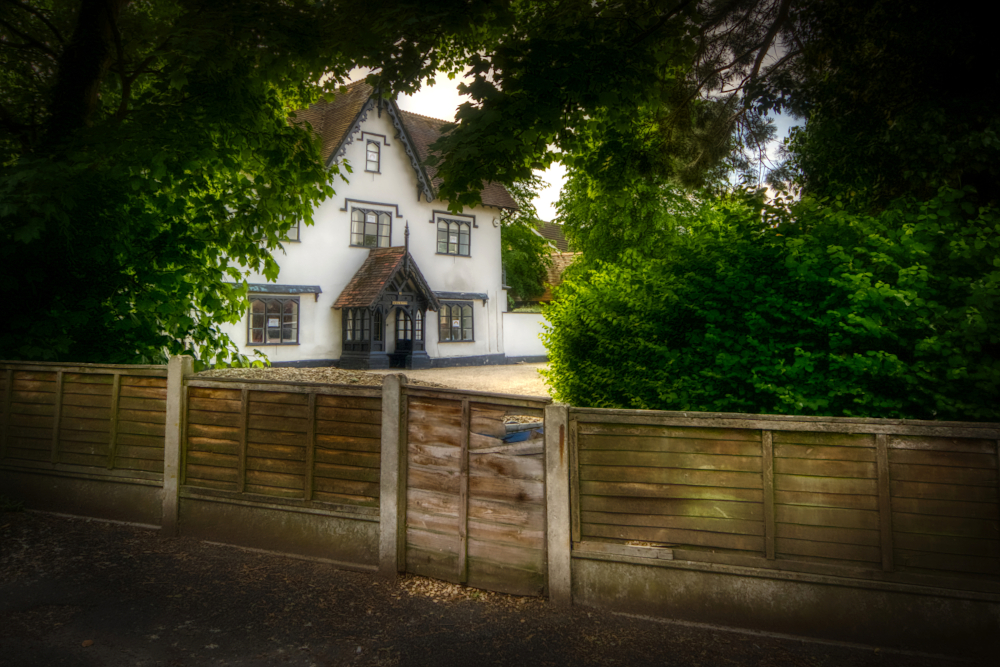
Old Rectory, originally a farmhouse built in the 16th century, at the top of Barnwood Road near Wotton.
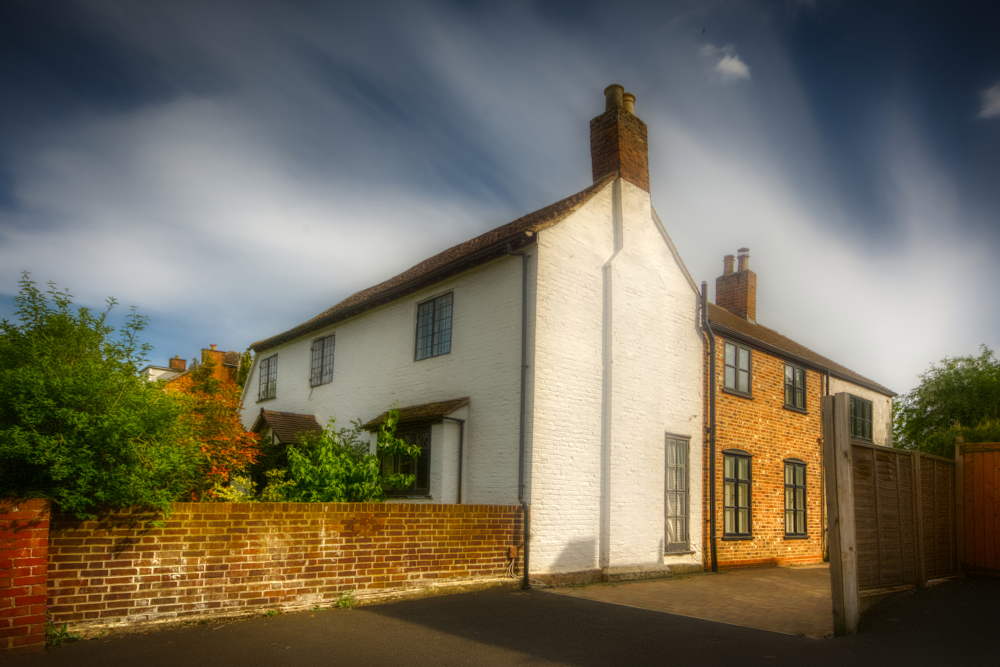
The Old House, originally a farmhouse built in the late-16th/early-17th century, at the top of Barnwood Road near Wotton.
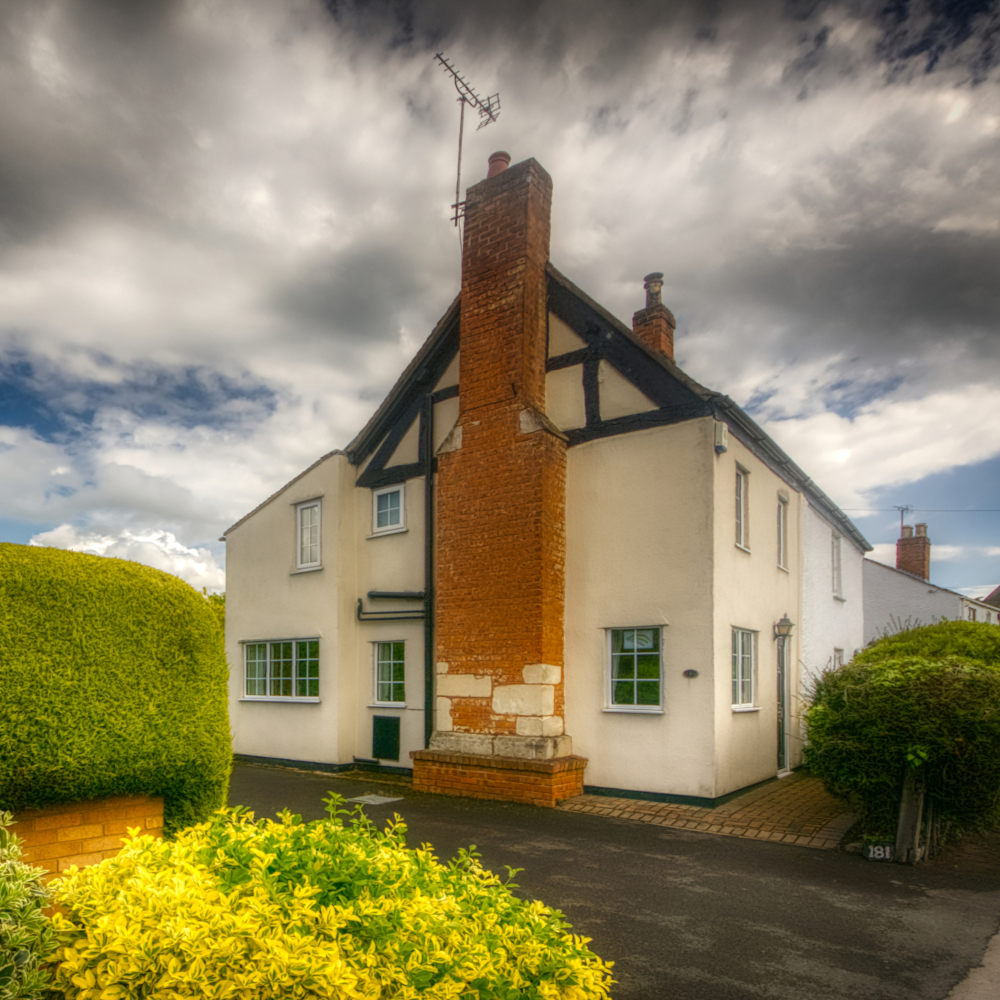
Nos. 181–183 Barnwood Road, originally a farmhouse built in the mid to late 16th century.
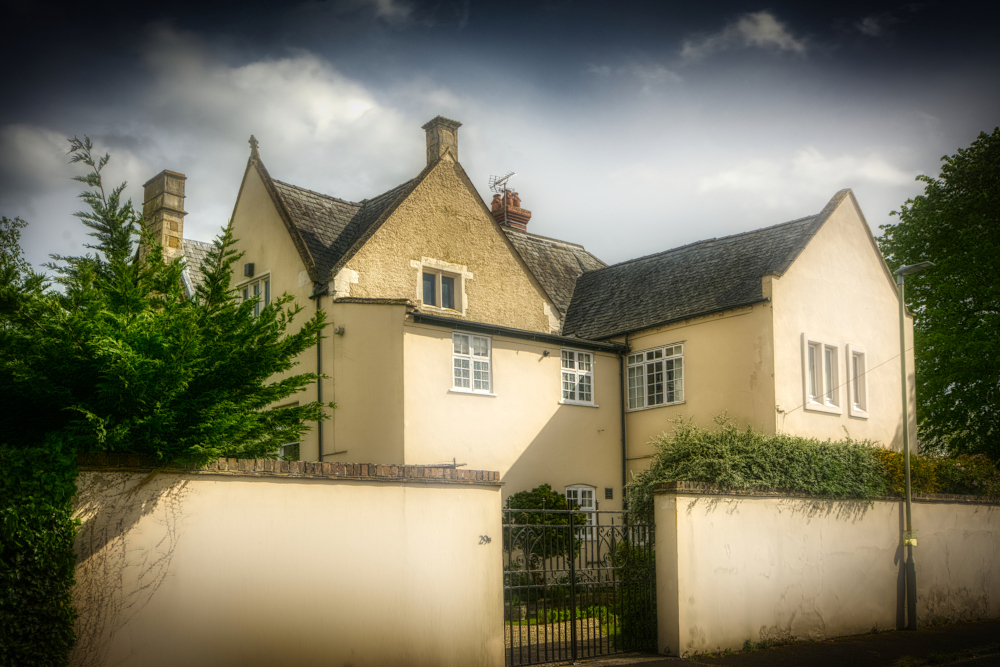
Barnwood Court, originally a manor house built c.1600.

Manor House, originally built c.1740.
Information
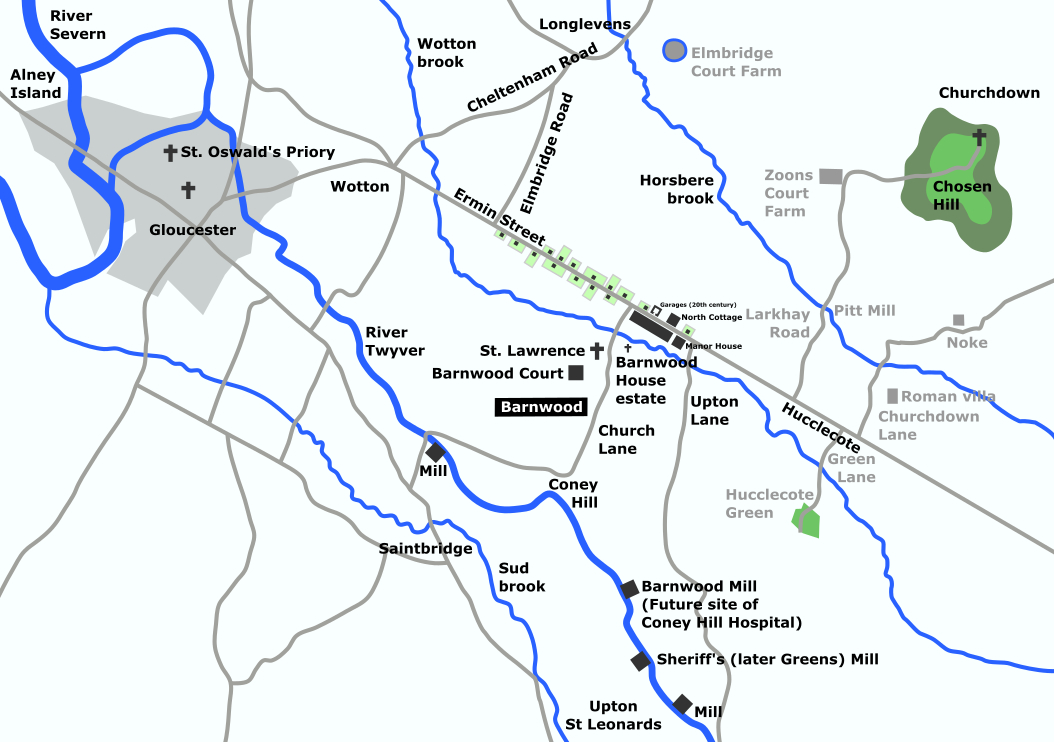
Map of ancient Barnwood
Barnwood is an ancient parish and now eastern suburb of Gloucester between Wotton and Hucclecote. Its original irregular shape was complicated by enclaves belonging to Wotton and several exclaves in surrounding territories, the farthest being Maisemore Meadow on Alney Island.
The main parish boundaries were the later Elmbridge Road and parts of the Cheltenham road to the north, the Horsbere brook to the north-east, Upton Lane (later North Upton Lane) to the east, the River Twyver to the south-east, and a short section of the Sud brook near Saintbridge, the other side of Coney Hill to the south-west.
The main thoroughfare was Ermin Street, the Roman road between Gloucester and Cirencester which, in its modern incarnation, takes the name of the suburb while it passes through it. By the mid-13th century Barnwood shared with Wotton responsibility for the maintenance of a bridge on that road over the Wotton brook. Between 1698 and 1718 and again between 1723 and 1871 Barnwood Road was a turnpike.
Upton Lane was one of two ancient routes led south from Ermin Street in Barnwood. The other was Church Road, now Church Lane, a track that led to the still extant 12th-century Church of St. Lawrence and open fields.
Several mills were established in Barnwood along the River Twyver. The earliest is recorded in 1221 and known forty years later as Sheriff's Mill. In 1793 it was bought by William Green, and on an 1830 map it is marked as Greens Mill. In 1887 it was incorporated into the Coney Hill Lunatic Asylum estate, built in 1883 on the site of Barnwood Mill, the next mill downstream. In 1921, when it ceased working, the mill comprised an 18th-century house and 19th-century brick mill and was used as a farmhouse. The other mills had all been demolished by the mid 20th century.
In 1327 nine people were assessed for taxes in Barnwood and in 1563 there were twenty-five householders. In the early 18th century the population was an estimated 180. Towards the end of the century there were some thirty-five houses along Barnwood Road, many set in small orchards and some including farm buildings. In the early 19th century the population was 309, rising to 507 by 1861.
Most of Barnwood was pasture and arable land. Farming and market gardening remained an important part of the parish economy well into the 20th century. In 1811 fifty-one out of seventy-three families depended on agriculture for their livelihoods. Twenty years later that ratio had reduced to forty-one families out of eighty-three, reflecting the slow transformation of Barnwood from village to suburb. Nevertheless, the Barnwood House estate was still farmed until 1971.
From village to suburb
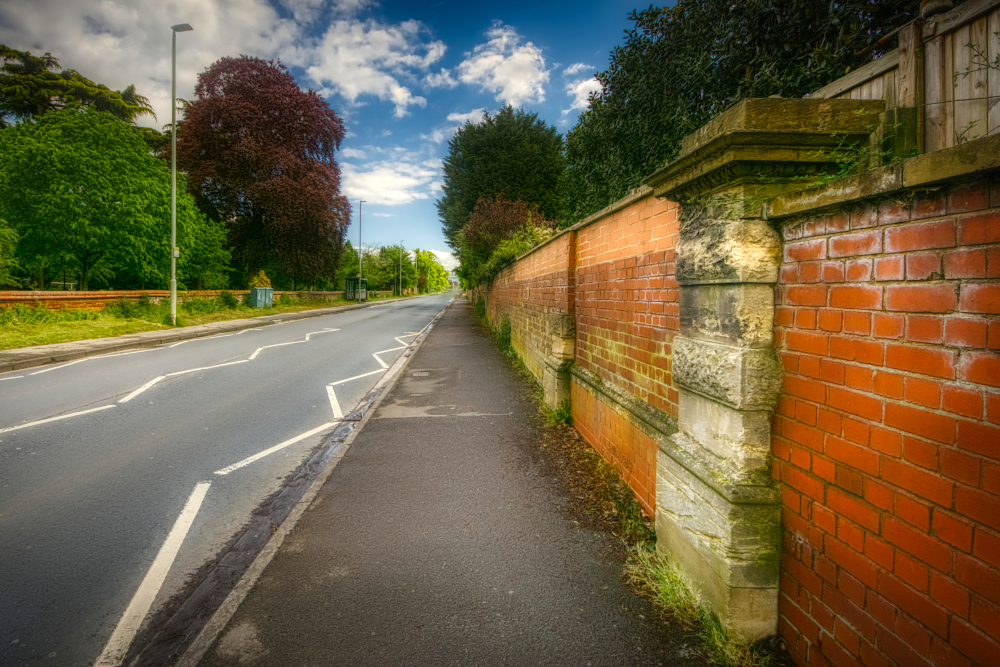
Roman Ermin Street in 21st-century form, the stone gate pillars in the wall surviving Barnwood House Hospital they once served
In 1874 Barnwood lost territory in Wotton to Gloucester when the city's boundary was extended to the Wotton brook. By 1885 the northern parish boundary had been adjusted, the exclaves reallocated to the territories in which they lay, and an extension of the south-western boundary brought the whole of Coney Hill within the parish. Some new housing was being built in the 1890s, including twelve properties on Upton Lane, but development was discouraged by the parish elders and the proximity of the two hospitals.
Additional land near Coney Hill was added in 1900, but the parish lost land in 1935 to Gloucester in the east and the new civil parish of Longlevens in the north. More land was ceded to Gloucester and Hucclecote in 1951, and in 1967 further extension of the city's boundaries incorporated the rest of Barnwood into Gloucester. From the late 1960s much of Barnwood was redeveloped for residential and commercial use.
Few buildings from Barnwood's rural past outside the city limits survive today. The Old Rectory on Barnwood Road, close to Wotton, began life in the 16th century as a farmhouse. In the early 17th century and again in the late-19th century it was the home of the mayor of Gloucester, and between 1759 and 1856 it served as the rectory for St. Aldate parish. Three doors along the road out of Gloucester, The Old House was originally built in the late-16th or early-17th centuries as a farmhouse. Nos. 181–183 Barnwood Road were originally a farmhouse built in the mid- to late-16th century.
Church of St. Lawrence
The Church of St. Lawrence was originally built in the 12th century, and has retained some of the original fabric in subsequent alterations and restorations. The chancel was rebuilt and north aisle added in the 13th century, and a small bellcote installed above the east end of the chancel the next century. Around 1514 Abbot Parker, the last abbot of Gloucester Abbey before it became Gloucester Cathedral, added the tower and probably the lady chapel. The chancel was largely rebuilt around 1860, and the church was the subject of restorations in the 1870s and the later 20th century.
Two listed structures are located in the church graveyard: a pair of late-17th/early-18th table tombs, their inscriptions weathered to extinction, immediately north of the tower; and a single headstone dated 1635, marking the grave by the boundary hedge to the east of the church of one Elizabeth Baylis.
Barnwood Court
Barnwood Court was built c.1600 on the site of a grange owned by Gloucester Abbey. It subsequently underwent significant alterations, served for a while as a vicarage for the nearby Church of St. Lawrence, and can still be found today in Barnwood Avenue, subdivided into flats. Hidden away in its private grounds are three mid-14th century pinnacles which, according to Historic England but disputed by local sources, are three of the four pinnacles removed from the tower of Gloucester's St Mary de Crypt church in 1907.
Barnwood House
At the start of the 19th century the owner of Barnwood Court, Robert Morris (MP for Gloucester 1805–1816), built Barnwood House along the main road. The estate was extended over the subsequent decades by a succession of owners, adding land either side of the house and across the Wotton brook to the south. By 1838 wings had been added to the original house and the estate, which included a lake formed by the construction of a weir on the Wotton brook at Church Lane, covered 719 acres.
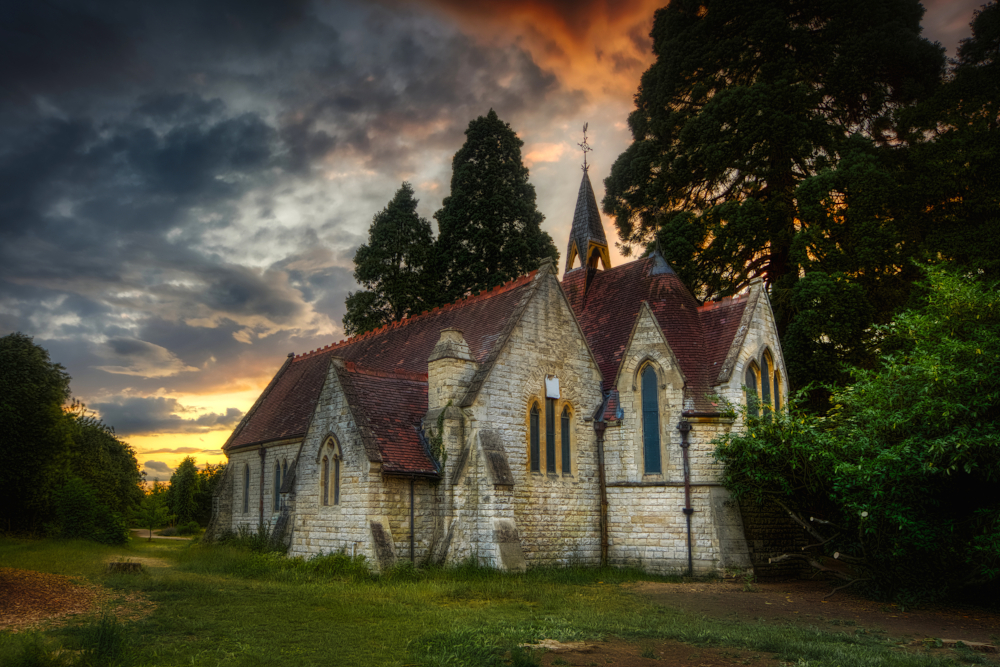
Barnwood House Hospital chapel
In 1858 the house and forty acres were sold to establish Barnwood House Hospital, a private mental institution which would dominate the village and slow its further development. The existing house was converted to offices and communal rooms, and new wings were added to accommodate patients. As business flourished, more land was acquired and accommodation added. In 1869 a private chapel was built on the south side of the brook. In the mid 1870s a farm the other side of Barnwood Road to the hospital was purchased. By the mid 1880s hospital buildings extended for 215 yards (196 metres) along the Barnwood Road and some of the hospital's annual average of 100 patients were being accommodated in North Cottage, on the opposite side of the road.

Barnwood House Hospital coach sheds and stables
Having become unsafe, the original house, now the central block, was rebuilt 1896–1897. By this time the annual number of patients was approaching 150, and in the early 20th century additional facilities were added, among them coach sheds and stables (used later as garages) on the north side of Barnwood Road. In 1919 the mid 18th-century Manor House near Upton Lane was opened for patients and North Cottage became the nurses home. In 1924 the weir was rebuilt after a downpour caused the destruction of the original structure. Between 1927 and 1935 four pairs of cottages were built for staff near the garages on Welveland Lane. By this time the hospital trustees had acquired over 300 acres of land in Barnwood.
With the establishment of the National Health Service after the Second World War the hospital began to experience financial difficulties. The main building was sold in 1968 and, except for the central block, subsequently demolished. The site and much of the land was redeveloped for housing. The hospital continued on a reduced scale at Manor House until 1977, when it became a home for the elderly. The central block survived as a private house until 2001, when it too was demolished.
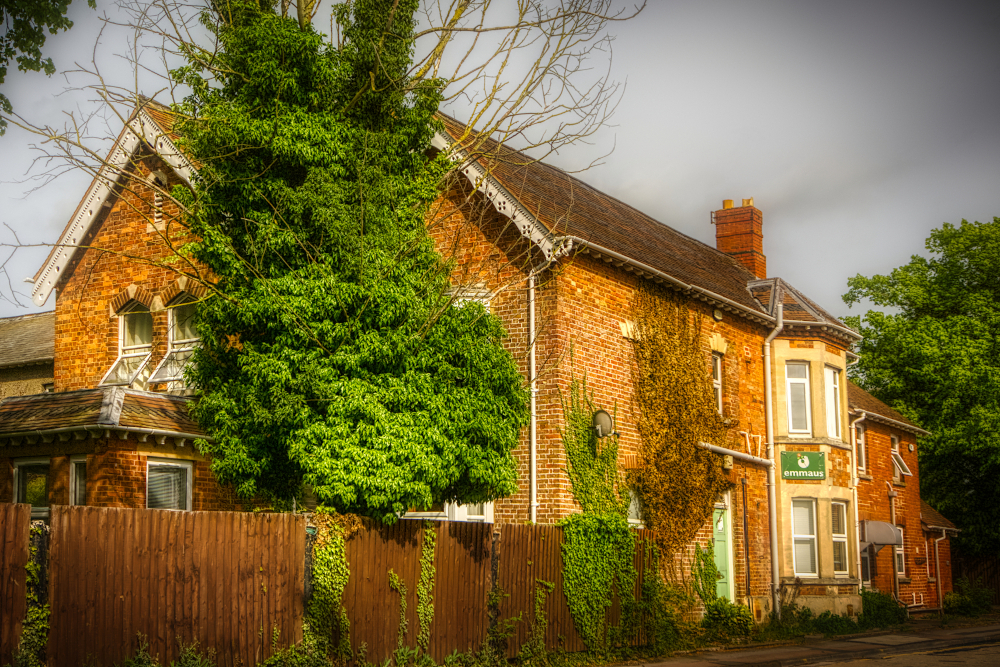
North Cottage
The hospital garden survives today as Barnwood Arboretum. The adjoining land south of the Wotton brook is preserved as Barnwood Park, where the chapel, currently housing a gymnasium, can still be found. Farther south a cricket pitch laid down by the hospital is now a balancing pond, part of the city's flood defences designed to temporarily store water during periods of high rainfall. Other survivors include Manor House, the lone Historic England listed site relating to the hospital and still a home for the elderly, and North Cottage, now owned by Emmaus, a charity for the homeless.